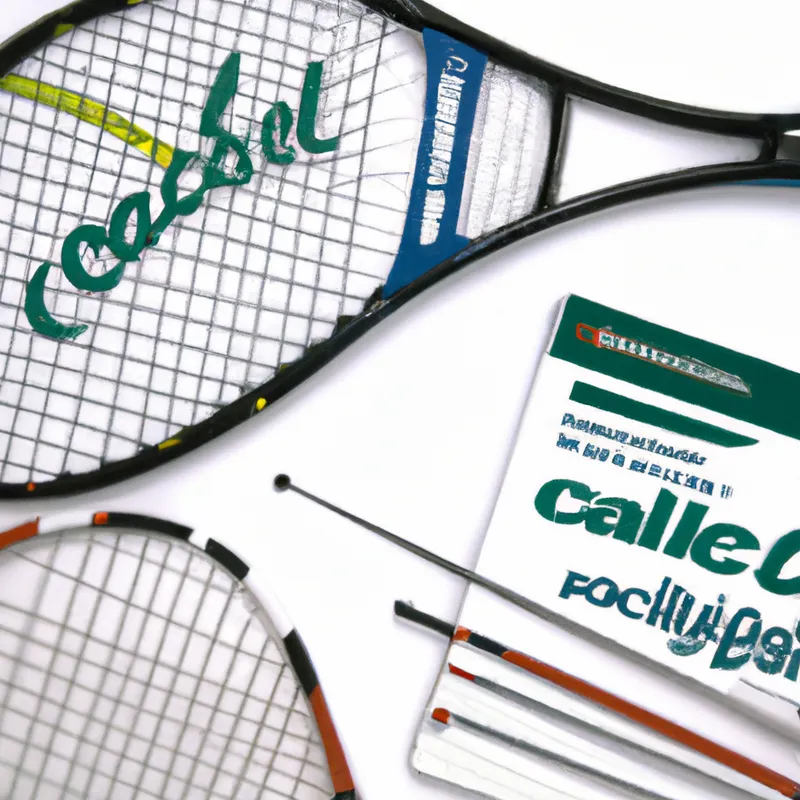Master Padel Coaching Techniques for Success
Padel Coaching Techniques: How to Train Effectively
Padel combines elements of tennis and squash and is gaining popularity worldwide. As the sport grows, coaches need effective techniques to help players improve. A well-structured training program enhances a player’s skills quickly. This blog explores coaching techniques that maximize training sessions for coaches and players.
Establish Clear Objectives
Coaches must set clear objectives to direct padel coaching effectively. They should define each session’s goals to ensure focused and productive training.
Create Short-Term Goals
Breaking long-term objectives into manageable short-term goals proves effective. For example, if a player wants to improve their serve, the coach can focus on one aspect, such as stance or grip. This method allows players to concentrate without feeling overwhelmed. Short-term goals motivate players and provide quick feedback opportunities.
Use SMART Criteria
Goals should meet the SMART criteria: Specific, Measurable, Achievable, Relevant, and Time-bound. For example, a player might aim to increase their first serve percentage to 70% within three weeks. This structured approach clarifies what players need to accomplish, helping them stay focused.
Incorporate Varied Drills
Incorporating diverse drills enhances skill development during training. While repetition helps master techniques, variety keeps sessions engaging and reduces monotony. Coaches should use drills that focus on footwork, shot accuracy, and tactical awareness.
Use Game-Like Scenarios
Integrating game-like scenarios into drills helps players apply skills in match situations. For example, coaches can set up a drill requiring players to respond to specific shots while maintaining positioning. This practice enhances decision-making and adaptability, enabling quick thinking during matches. Simulating game pressure in practice helps players feel comfortable in high-stress situations.
Balance Individual and Team Drills
While individual skills matter, padel is a team sport. Coaches should balance individual drills with team-focused activities. They can practice volleys and serves individually, then transition into doubles drills that emphasize communication and teamwork. This balance fosters camaraderie and develops essential interpersonal skills.
Foster a Positive Environment
Creating a positive training environment is vital for player development. Players need comfort, support, and motivation during sessions. A positive atmosphere encourages risk-taking and experimentation, key components for growth.
Encourage Open Communication
Encouraging players to express thoughts and concerns builds trust. Open communication allows coaches to respond effectively.
Conclusion
Effective coaching techniques enhance player performance in padel. Establish clear objectives, incorporate varied drills, and foster a positive environment.
Below are related products based on this post:
FAQ
What are the key components of a successful padel coaching program?
A successful padel coaching program should include clear objectives, varied drills, and a positive training environment. Coaches need to establish specific goals for each session and incorporate diverse exercises that focus on different skills while fostering open communication and trust with players.
How can coaches set achievable goals for players?
Coaches can set achievable goals for players by using the SMART criteria: Specific, Measurable, Achievable, Relevant, and Time-bound. For instance, a player might aim to increase their first serve percentage to 70% within three weeks, allowing for focused efforts and measurable progress.
Why is it important to balance individual and team drills in padel training?
Balancing individual and team drills is crucial in padel, as it is a team sport. Individual drills help players refine their skills, while team-focused activities enhance communication and teamwork. This balance not only improves individual performance but also fosters camaraderie among players.















Post Comment